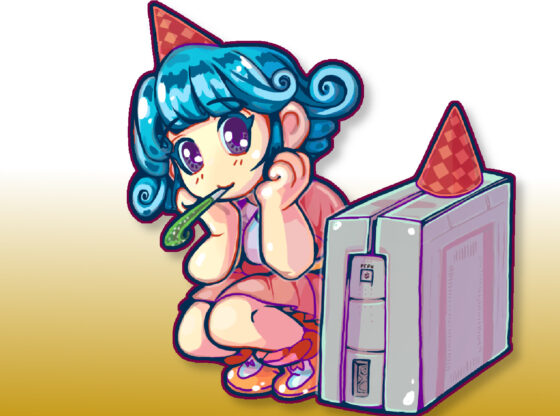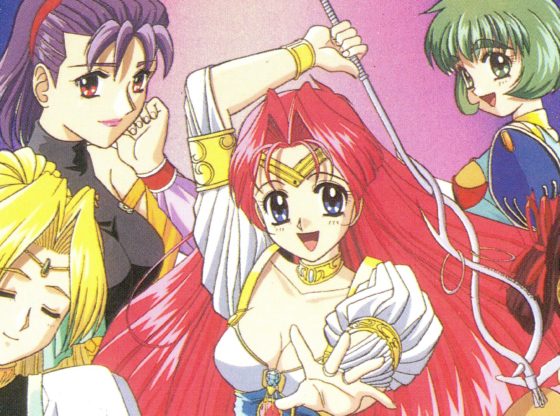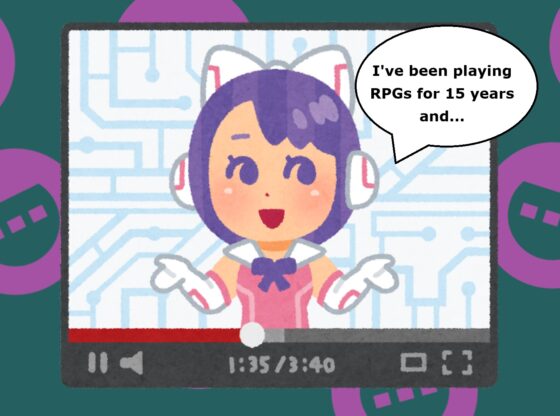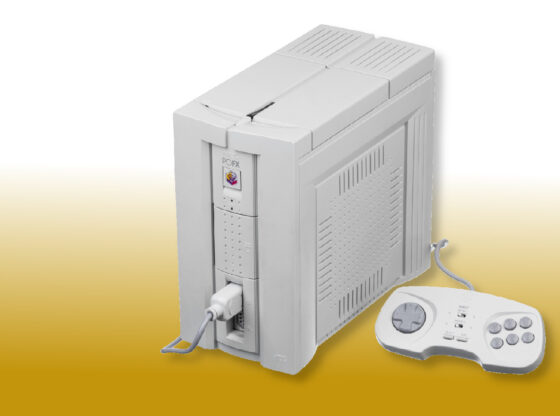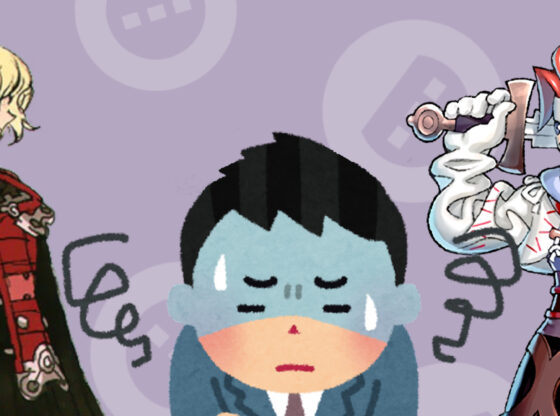Originally posted on VGChartz’ gamrFeed!
This generation in gaming really has had quite a few surprises thrown at it. Mobile phone gaming exploded, downloadable content has become an increasingly larger player and, of course, motion controllers really took the market by storm.
Motion controls have, to a certain extent, reshaped gaming. Now you can’t even go through an E3 press conference without getting bombarded by PlayStation Move, Kinect games, or games that at least support them. It sounds like motion controllers are here to stay as titles like Dance Central and Wii Sports Resort have sold millions of units. But how are the controls fairing in the hardcore ring?
When we were first introduced to the Wii, everyone’s mind was on one to one control. After playing such modern classics like Red Steel, which holds an impenetrable sixty-three rating on Metacritic, gamers were quick to find that one to one wasn’t exactly what the Wii Remote could deliver.
For quite some time, most Wii games came with the buzz phrase, “it’s like your hand is truly in the game!” As motion controls have improved over years, we’re getting closer to that dream. Titles like The Legend of Zelda: Skyward Sword and Medieval Moves: Deadman’s Quest seem to be the closest to delivering that promise. But the more we try to implement motion controllers, the more it seems to gets in the way of the actual game experience. It makes me wonder if we really do want such a heavy focus on in-depth motion controls in a title.
Recently I put some time into No More Heroes: Heroes’ Paradise on the PlayStation 3. I don’t own a PlayStation Move controller, so I had to go for the old fashion Dualshock 3. The title still played the same minus a few tweaks, but for some reason it felt empty compared to the Wii title I had played many years before. Out of curiosity, I went back and checked the Wii version. Using the Wii Remote, I found myself having a much more enjoyable experience. The motion controls added something that the standard dual analog sticks couldn’t deliver.
If you haven’t played it, No More Heroes primarily uses buttons. When it’s time to take out an enemy, you use the motion controller to do a finishing move. Using just the analog stick and tapping it in the direction to slice the enemy in half doesn’t feel nearly as satisfying as physically moving your hand, even if you are just waggling.
The key here is that the title doesn’t go overboard with the motion controls and implements them in smart ways. It doesn’t even really try to put your hands in the game. The Wii version’s motion controls are actually quite imprecise, often you’ll find yourself slashing in the opposite direction on accident, and the finisher still goes off. That physical shake of the controller, even if it doesn’t really feels like you’re slashing with a sword, gives you a real sense of satisfaction. Honestly, I can’t think of any traditional that controls nearly as satisfying as something like No More Heroes with motion controls.
Perhaps instead of focusing on recreating a physical experience, we should focus more on the simple pleasures of using motion controls. Kinect proves that making everything based around motion controls creates heavy limitations on the what kind of experience can be offered. That’s not to say one to one controls can’t provide a satisfying experience. I haven’t touched it, but Skyward Sword’s battle system seems to be leaning toward this, with more of a focus on landing single solid strikes rather than furiously waggling the Wii Remote every time the enemy opens up.
For years we’ve been asking for one to one controls, but really sometimes what people ask for isn’t what they truly want. Keeping a Zelda theme, people were begging for realistic graphics for The Legend of Zelda series. While we ended up getting both a cel-shaded and realistic Zelda, the cel-shaded visuals are definitely more fondly remembered by most gamers. So instead of developers looking at what people want from motion controllers, they should probably be looking at what’s the most satisfying implementation of them.








